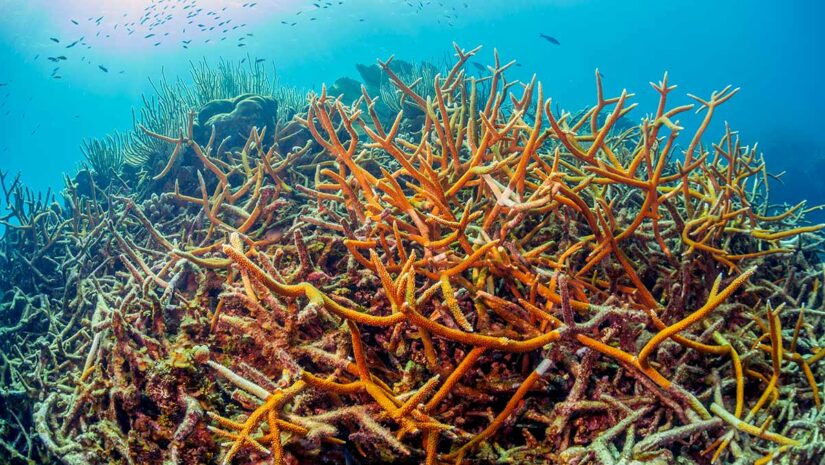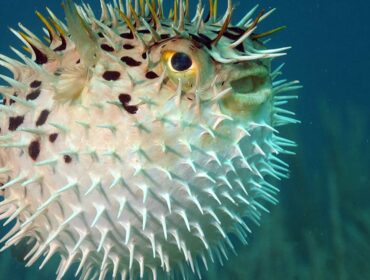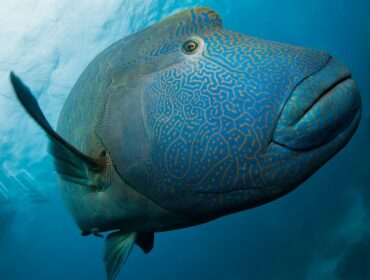Knowing and being able to identify different types of marine life, fish, and coral makes scuba diving all the more exciting and enjoyable. When it comes to Coral Identification, the sheer number of and different types of coral make it hard to come up with an extensive, all encompassing list. However, as part of our series of posts on marine life identification, we’ve put together a list of some common types of hard coral you are likely to spot when reef diving.
Sometimes mistaken for and referred to as plants or rocks, corals are actually made up of small marine invertebrate animals known as Coral Polyps and their exoskeleton structure that acts as a home. That is we see as the hard chalky structures that join together to form coral reefs. There are two main types of coral: Hard Coral and Soft Coral.
What is hard coral?
Hard corals are made of a rigid calcium carbonate (limestone) and appear very much like rocks. Each polyp secretes a hard exoskeleton made up of calcium carbonate and a chalky internal skeleton that stays in place even after they die. As each generation of polyps dies and their exoskeleton remains, the coral grows a bit larger and because each polyp is so small, hard corals grow at a very very slow rate. Hard corals are scientifically known as “scleractinians”.
Types of Hard Coral
Staghorn Coral
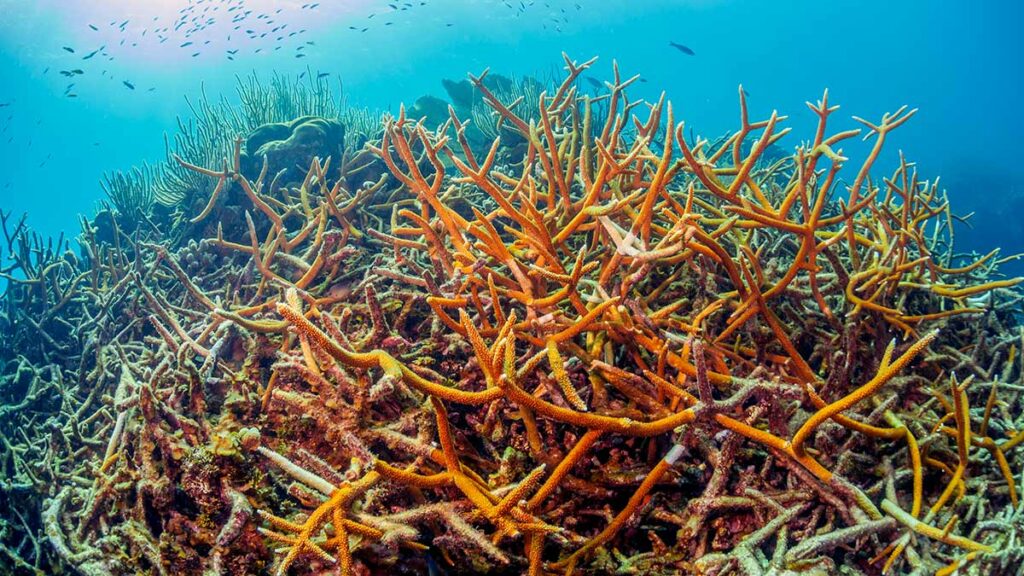
Staghorn coral (Acropora cervicornis): Staghorn coral is a branching coral with cylindrical branches ranging from a few centimeters to over 6.5 feet (2 m) in length.This coral exhibits the fastest growth of all known western Atlantic corals, with branches increasing in length by 4-8 inches (10-20 cm) per year and is one of the three most important Caribbean corals in terms of its contribution to reef growth and fish habitat.
Pillar Coral
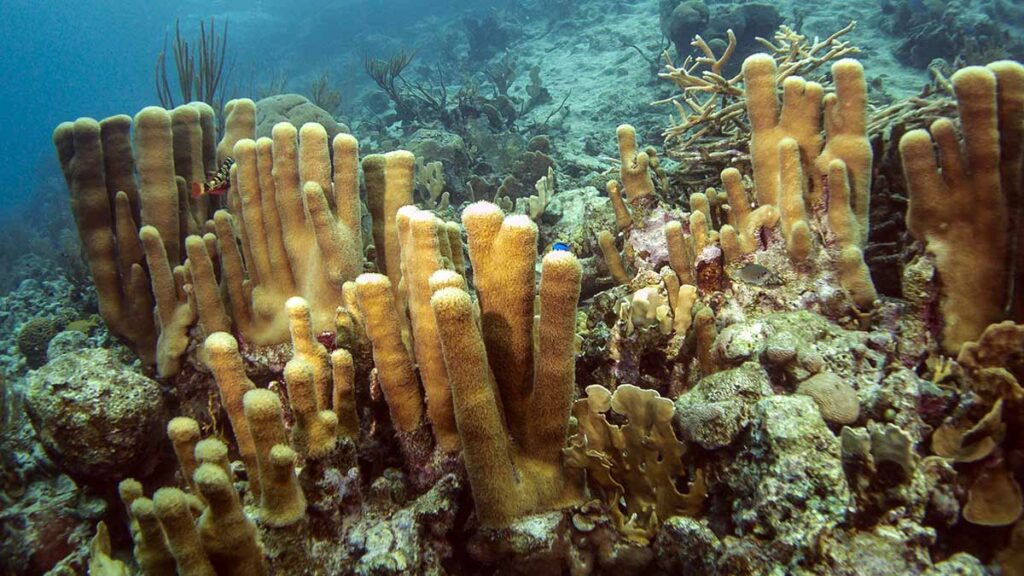
Pillar corals (Dendrogyra cylindricus): This type of coral grows up from the sea floor, but without any secondary branching. They can grow to be up to 2.5 m (8 ft) tall, on both flat and sloping sea floors at a depth of between 1 and 20 m (65 ft). They are one of the few types of hard coral whose polyps can commonly be seen feeding during the day.
Table Coral
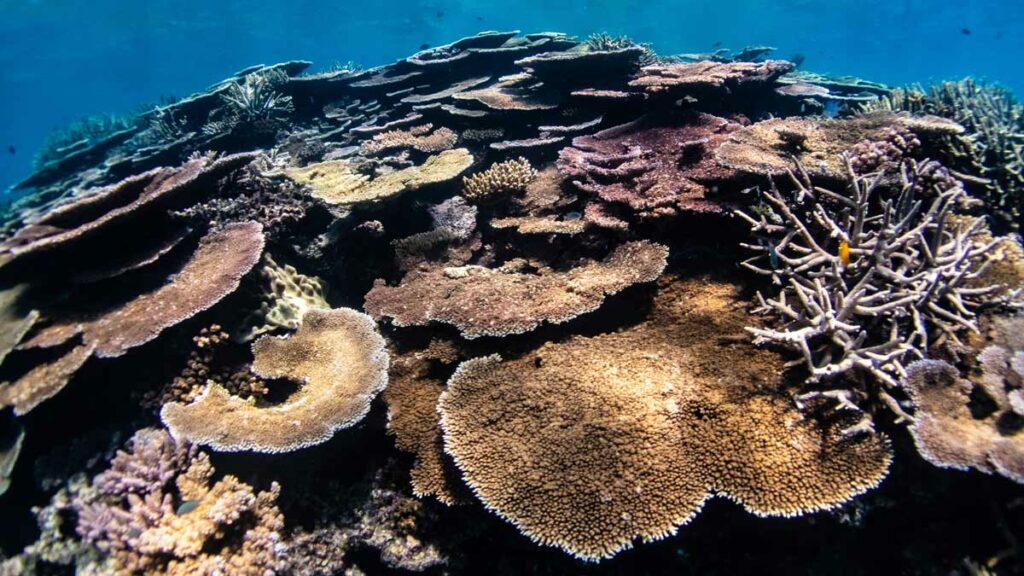
Table Coral (Acropora): Table Coral is the same branching type of coral as Staghorn coral, however it grow as flat plates. The shape of table coral is ideal to expose as much of their surface as possible to sunlight. The usual color of table coral is a dull brown or green. However, it is brightened up by the numerous reef fish that shelter under and around its plates.
Brain Coral
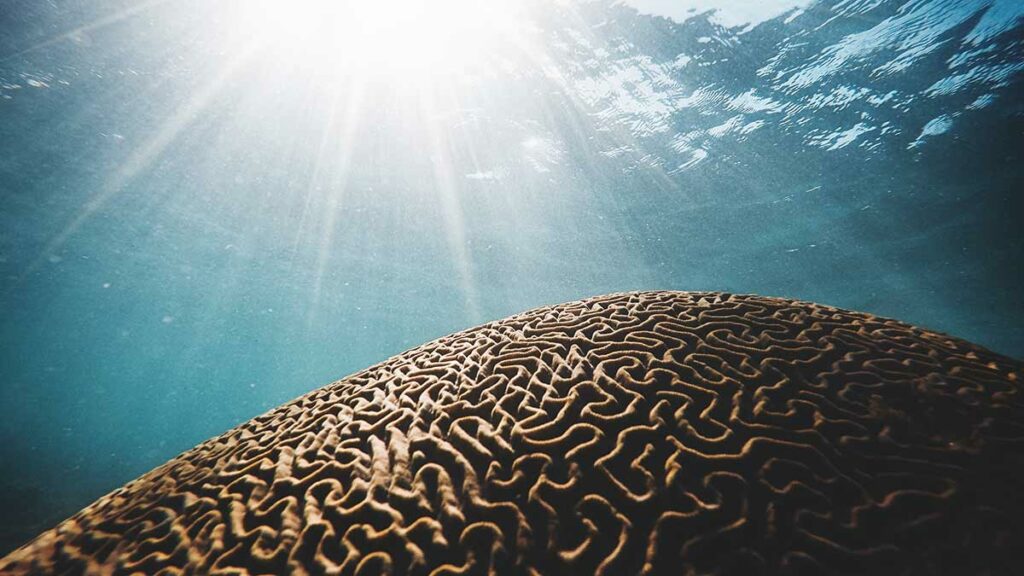
Brain coral (family- Faviidae): Named because of this corals spheroid shape and grooved surface which resembles an animal brain. The life span of the largest brain corals is 900 years. Colonies can grow as large as 6 or more feet (1.8 m) high.
Blue Coral
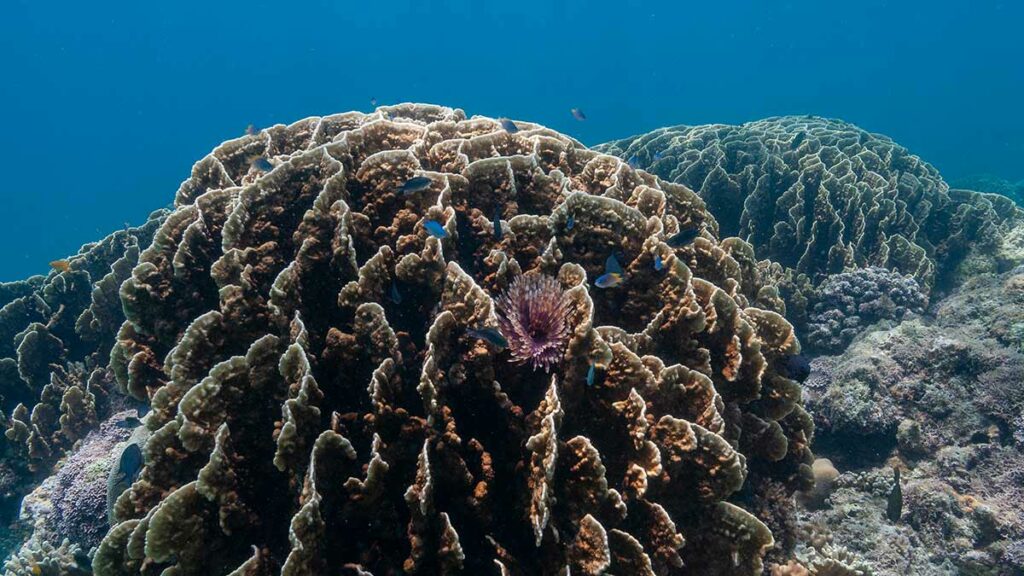
Blue coral (Heliopora coerulea): Blue corals is named for their distinctive, permanently blue skeleton, which is generally hidden by greenish-grey or blue polyps. Blue corals occur in tropical waters, on intertidal reef flats and upper reef slopes.
Great Star Coral
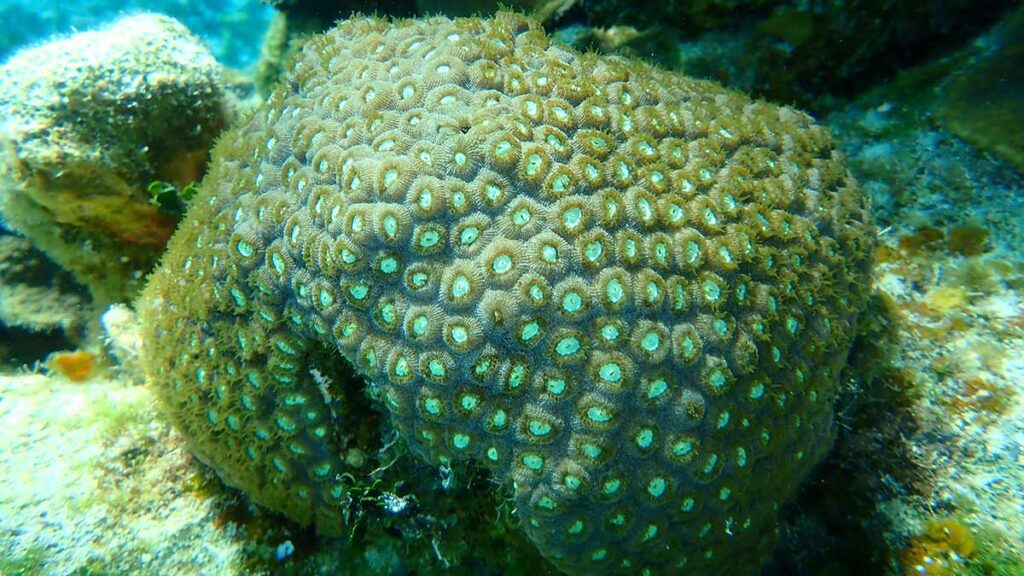
Great star coral (Montastraea cavernosa): This type of coral is a colonial stony coral found in the Caribbean seas. It forms into massive boulders and sometimes develops into plates. It’s Polyps are the size of a person’s thumb and can be seen fully extend at night.
Tube Coral
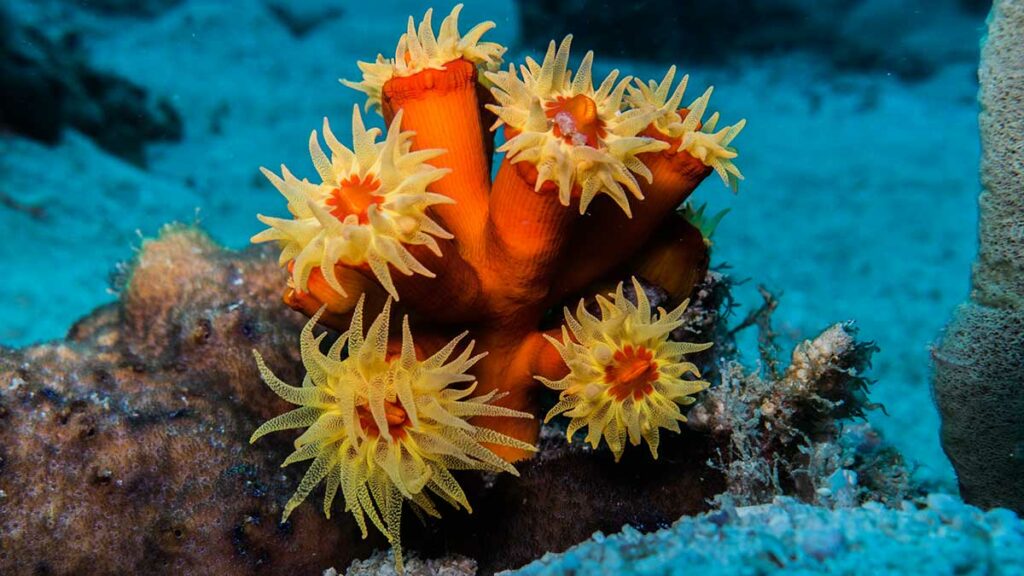
Tube Coral (Tubastraea): Tube Coral is a large polyp stony coral, and is found in a variety of colors and forms depending upon species. The tubastraea faulkneri is known as the Orange Cup or Sun Coral, pictured above.
Elkhorn Coral
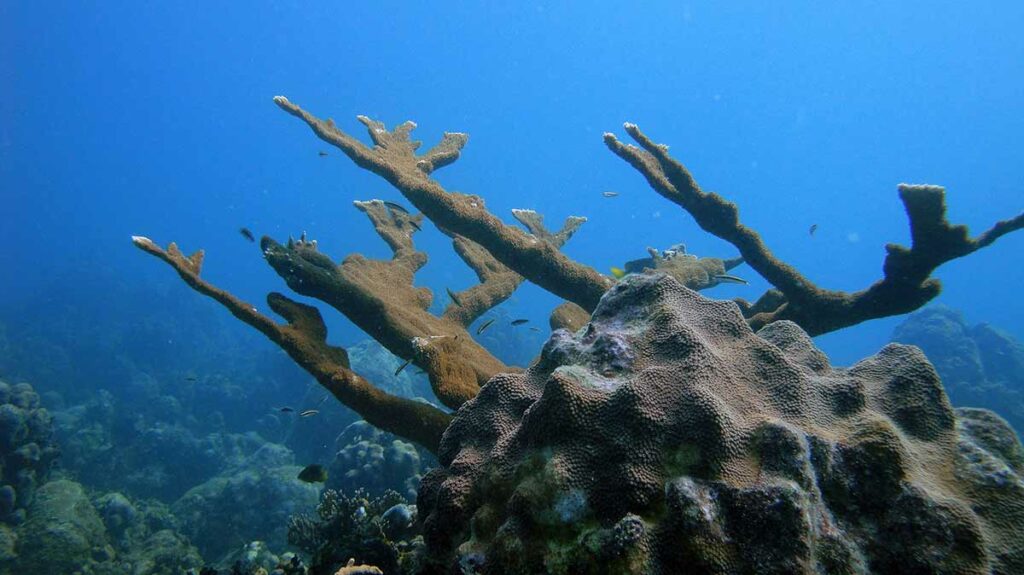
Elkhorn coral (Acropora palmata): This coral is considered to be one of the most important reef-building corals in the Caribbean. This species of coral is structurally complex with many large branches. The coral structure closely resembles that of elk antlers. A popular choice as a home for lobsters, parrot-fish, snappers and other reef fish. Elkhorn coral colonies are incredibly fast growing with an average growth rate of 5 to 10 centimetres (2.0 to 3.9 in) per year and can eventually grow up to 3.7 metres (12 ft) in diameter.

